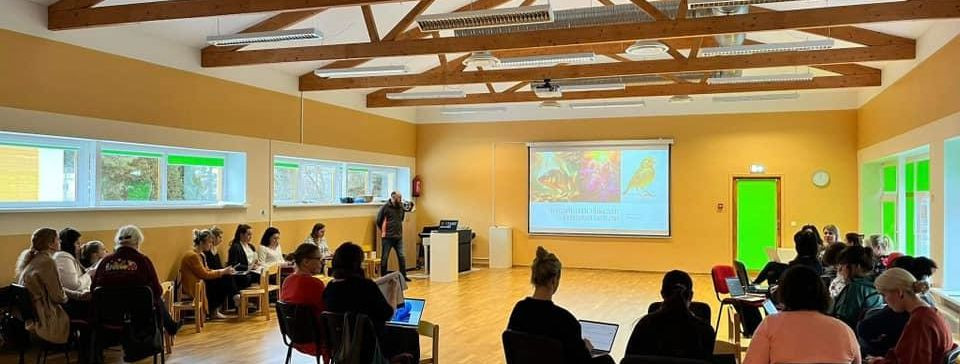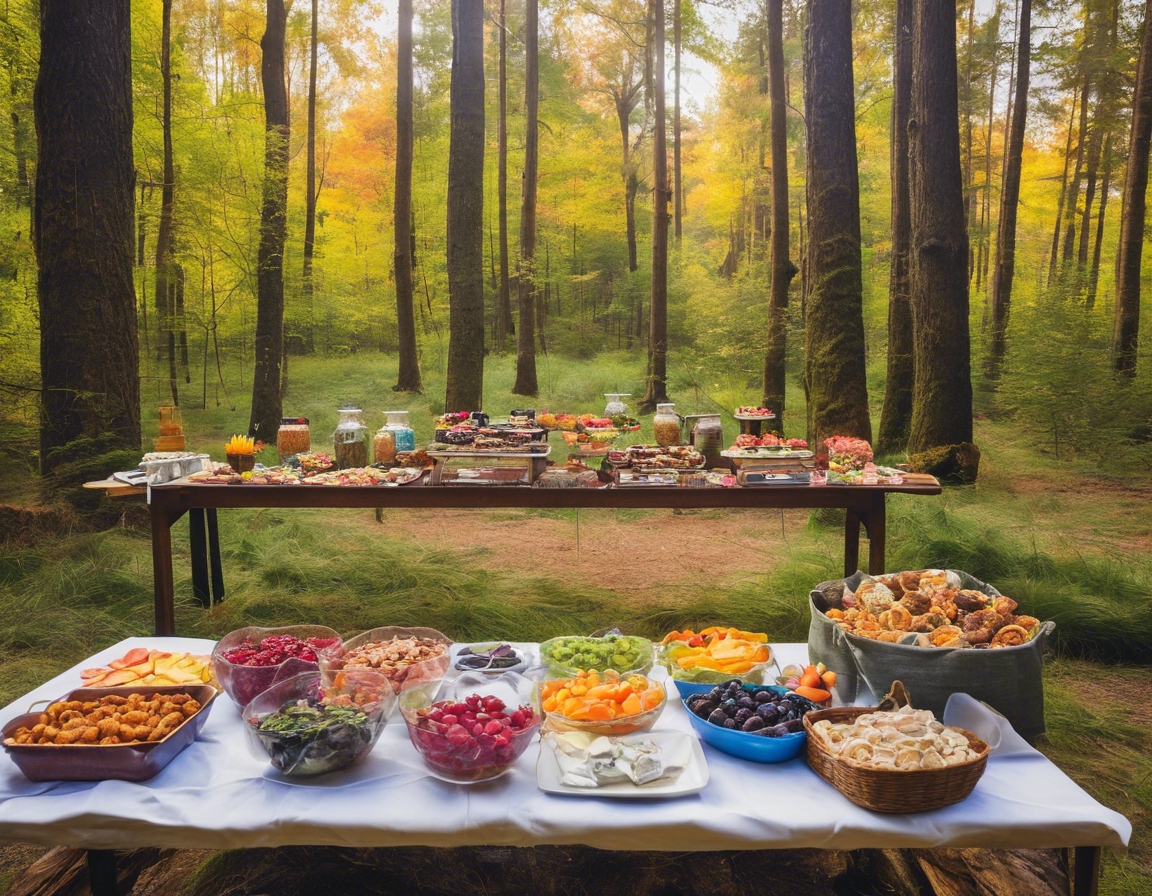5 ways to integrate nature into your classroom
Integrating nature into the classroom is an enriching experience that fosters a deeper understanding of the environment and promotes holistic learning. Here are five innovative ways to bring the natural world into your educational space.
1. Create an Outdoor Classroom
Outdoor learning provides a dynamic environment for students to engage with lessons in a hands-on manner. It encourages physical activity, enhances sensory experiences, and improves focus and cognitive abilities.
Designate a natural space, such as a school garden or nearby park, where lessons can be conducted. Equip the area with seating, weather-resistant materials, and tools for scientific exploration.
2. Incorporate Plant-Based Projects
Start a garden to teach students about plant life cycles, responsibility, and the importance of sustainable practices. This can be a small container garden or a larger plot on school grounds.
Use the classroom garden to demonstrate photosynthesis and plant biology. Activities can include measuring plant growth, testing the effects of different variables on plant health, and journaling observations.
3. Utilize Natural Materials for Crafts and Activities
Encourage students to collect leaves, rocks, and twigs for use in art projects and scientific studies. This promotes observation skills and appreciation for biodiversity.
Create leaf rubbings, construct twig sculptures, or assemble rock mosaics. These activities integrate art with natural science and can be displayed to enhance the classroom environment.
4. Implement Nature-Themed Lessons Across Subjects
Introduce units on ecosystems, wildlife, and conservation. Use the outdoors for experiments and observations, connecting students directly with the subject matter.
Explore patterns, symmetry, and shapes found in nature. Activities can include measuring tree heights, calculating plant growth rates, and analyzing the geometry of spider webs.
Incorporate nature-themed literature and poetry into reading assignments. Encourage students to write their own nature-inspired stories and reflections.
5. Foster Environmental Stewardship
Plan regular clean-up events in local natural areas. This instills a sense of community and responsibility towards the environment.
Engage with projects that allow students to contribute to real scientific research, such as bird counts or monitoring local water quality. This provides practical experience and a connection to the scientific community.






Comments (0)